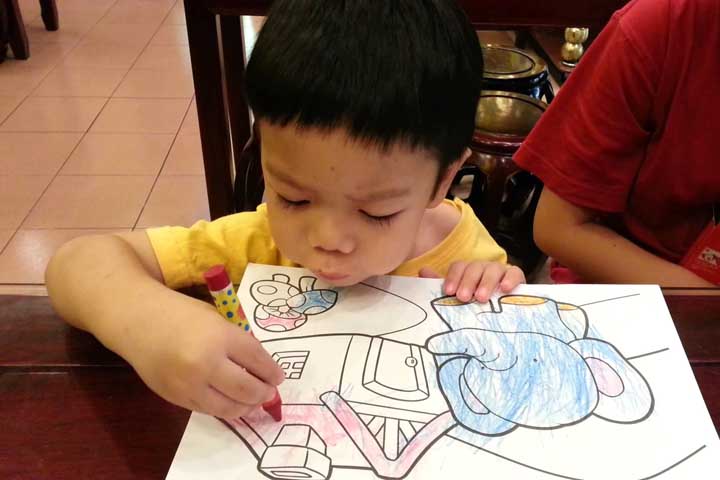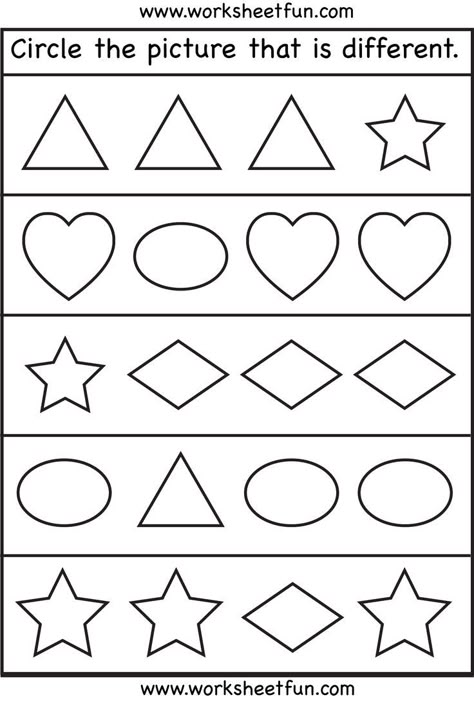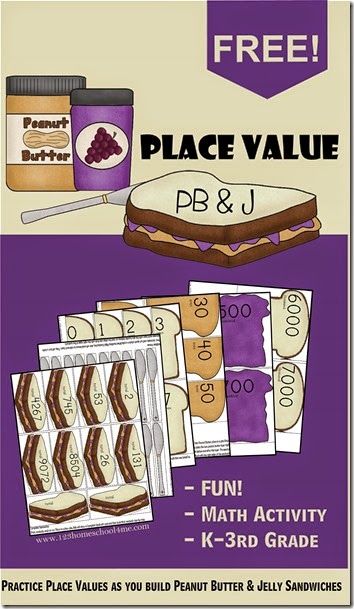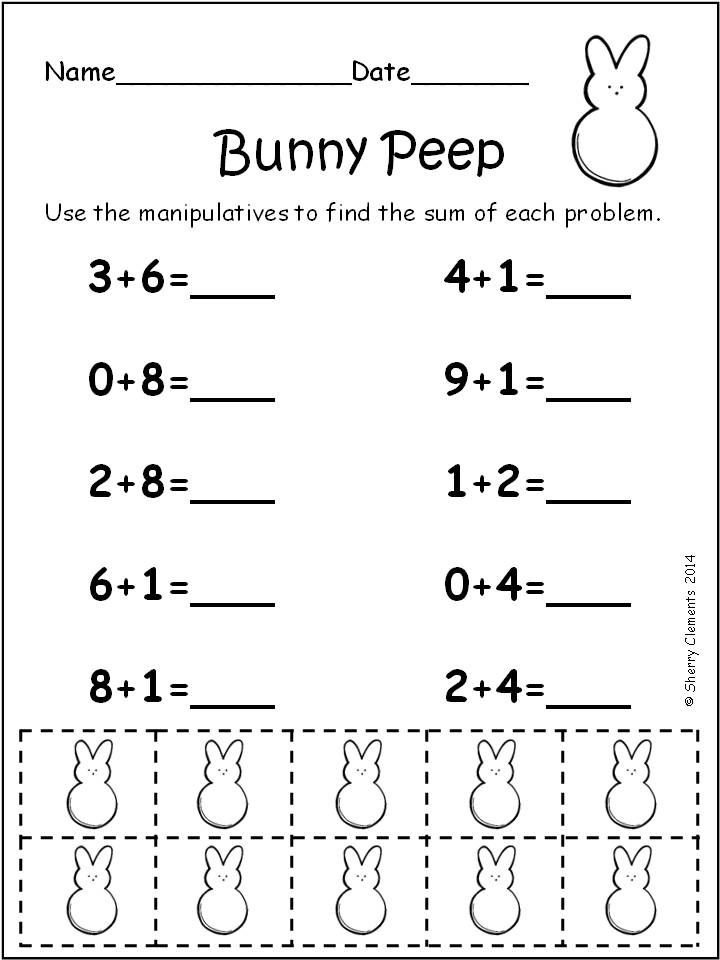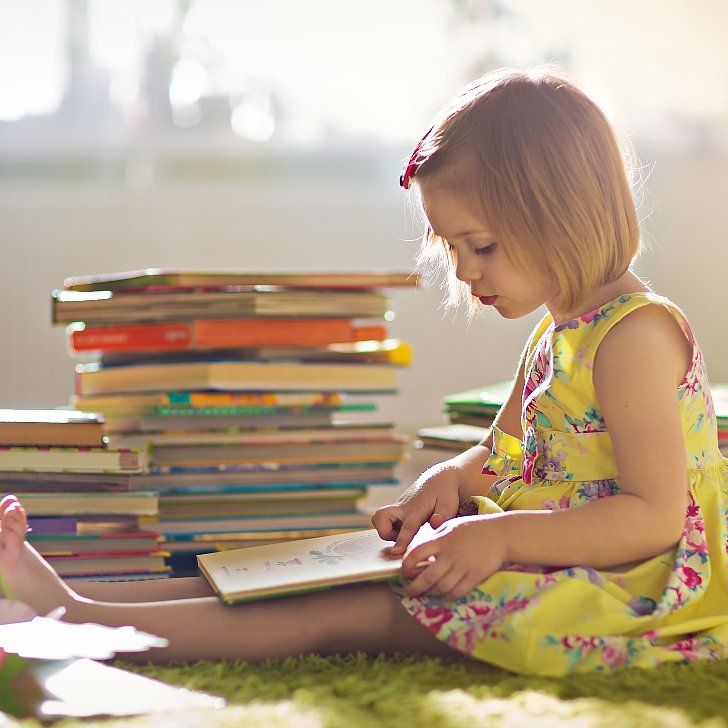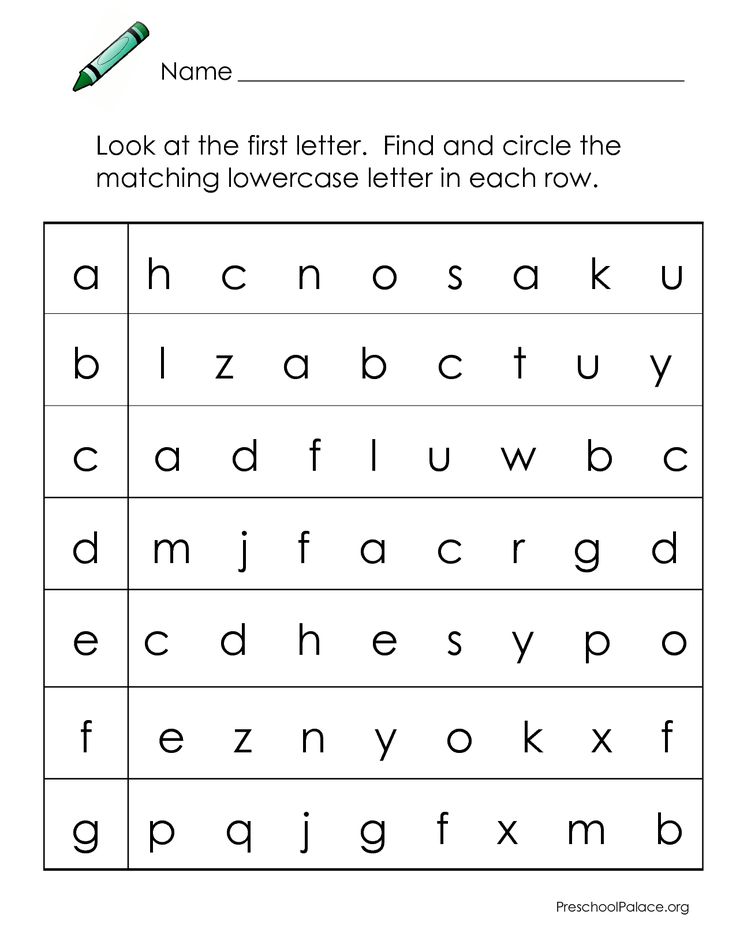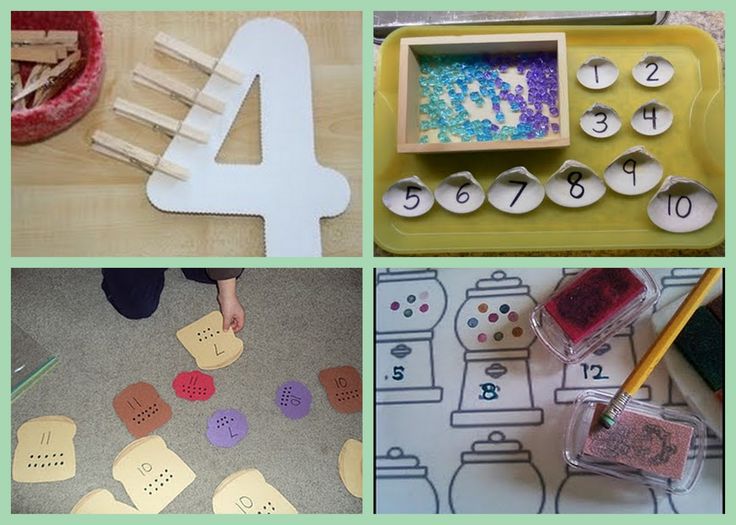How early can a child learn to read
How to Teach a 2 Year Old to Read: Our Recommendations
Can a child read at 2 years old?
Most kids learn to read between the ages of six and seven.
However, a 2-year-old can learn to read. Success requires patience, gentle repetition, and dedication from parents.
Keep in mind that there are no hard-and-fast rules of when a child should start reading because kids’ language development varies. But many factors go into whether or not a young child is ready, such as their level of attention, oral language acquisition skills, exposure to written words.
How 2 year olds learn
According to the National Association for Education of Young Children, play is a significant form of learning at this age. A large part of their development occurs without the need for formal lessons.
However, if you’re looking to start implementing reading lessons, a 2-year-old learns to read through repetition and dedication from the parent. They learn to read by seeing you read, being read to, learning the alphabet, reading a story repeatedly, or playing games with letters.
Before starting with direct reading lessons, you first need to check if your 2-year-old is interested in reading. So you must take the time to see if your child is receptive to learning how to read.
If they aren’t, wait a few months and try again.
Reading Readiness
Here are some of the language skills a 2-year-old should have which can help you determine their reading readiness:
- Following basic instructions
- Knowing the names of pets, siblings, and “mommy” and “daddy.”
- The ability to talk in short 3-4 word sentences
- Finishing sentences in rhymes, they’re familiar with
For more, read our article explaining the different reading milestones by age.
Whatever you do, make sure that you don’t force early reading; it can have disastrous consequences if your little one becomes put off by books altogether due to feeling pressured or otherwise frustrated during their first few lessons together as a parent-child duo.
These are supposed to be enjoyable and engaging experiences!
How to teach your 2-year-old to read
In this section, we will discuss the different ways to help develop your 2-year old’s literacy skills so that they can learn how to read.
Except for direct reading lessons, all of the tips below can be implemented with most 2-year-olds, even if they aren’t ready for explicit instruction. The earlier a child is exposed to these basic recommendations, the better.
Read to your child every day
Parents should use their fingers to trace along the words on the page when reading to children, so they begin connecting letters with what is being said.
At this age, they will mainly be interested in the pictures. However, as the months go by, their little minds start recognizing letters as meaning something more than just shapes or symbols on a page – but words that can tell an entire story!
Whenever you read a story, make sure that you use different voices for each character to make it a more engaging and fun experience.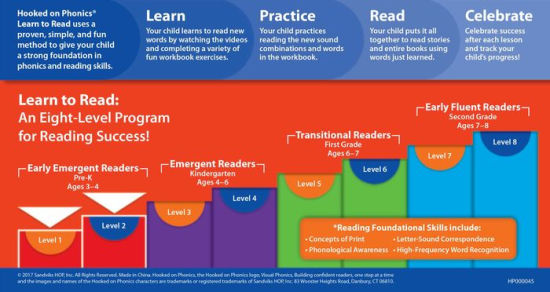 This will go a long way to instilling a love for reading that will last a lifetime.
This will go a long way to instilling a love for reading that will last a lifetime.
Discuss the stories and ask questions
Encourage your child to look at pictures and ask them questions about what they see. You can do this by asking, “What color are these cars? What kind of animal is that over there?”
This will get them thinking about what is happening in the story and help to improve their comprehension skills.
Teach them about books
Teach them how to hold a book, read from left to right, and understand how they should turn the pages.
Young children often think that books are only for looking at pictures, so it’s important not to discourage exploration of the book but also make sure that you emphasize how reading is an interactive process where we can learn new things and even control how the story unfolds.
Recommended books for 2-year-olds
Simple storybooks
Simple storybooks are fantastic because they have big, easy words and colorful pictures on the pages.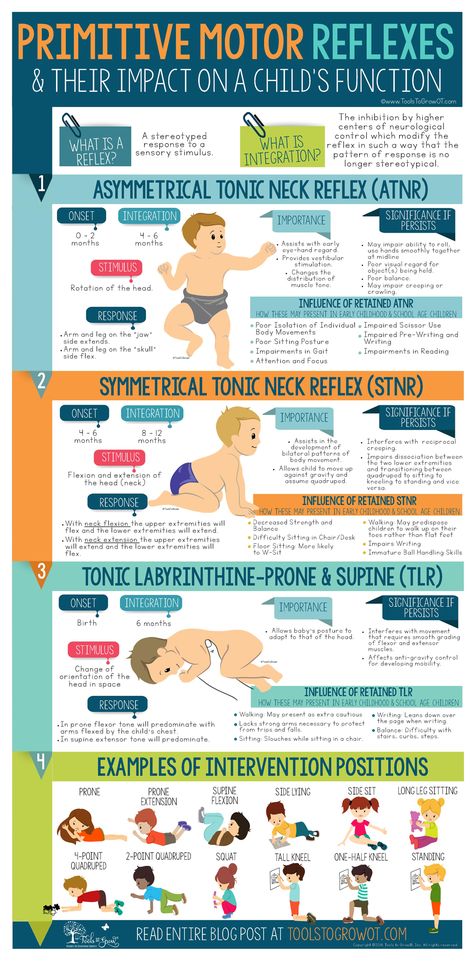 They also have very few words per page, so they’re perfect for children who are just learning how to read.
They also have very few words per page, so they’re perfect for children who are just learning how to read.
Try looking for books that feature a favorite character from their favorite television show or animal book with simple sentences and pictures of the animals doing what is written in the sentence. This way, your child will be familiar with both reading and following along.
Rhyming books
Rhyming books are great for 2-year-olds because they allow them to memorize the words by repeating them. They can also interact with the story by following along with the words and pictures.
Another point in favor of rhyming books is that most of them have three or four lines of text per page, making it easier for a child to follow along and see which line rhymes with the last one.
Read alphabet books
Alphabet books are a great way to show children that letters make up words and help them learn letter sounds.
Kids will enjoy looking at the pictures as you read aloud these simple stories about animals or objects, starting with different letters.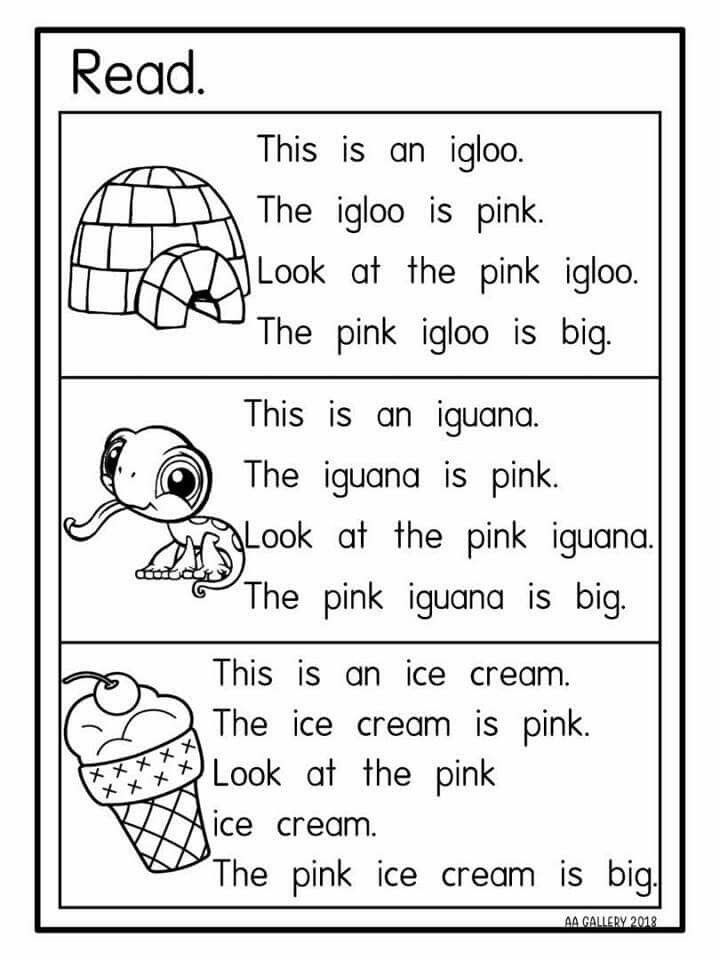 They might also pick out words that begin with those same letters in other books after listening.
They might also pick out words that begin with those same letters in other books after listening.
Developing phonemic awareness
Phonemes are sounds that make up the English language. They consist of consonants, short vowels, long vowels, and digraphs.
Phonemic Awareness consists of learning those letter sounds and how to interpret them within a word.
This skill will help your child learn sounds in words so they can read more easily and fluently and spell better. It will also help with their listening skills because they’ll hear sounds in words easier than before!
Here are some fun ways to develop phonemic awareness
Sing songs and nursery rhymes
Songs and nursery rhymes like Twinkle Little Star teaches children rhyming and helps them hear sounds and syllables in words, which can aid their ability to read.
Learning the alphabet and letter sounds
This is the age where kids usually develop an interest in the letters of the alphabet.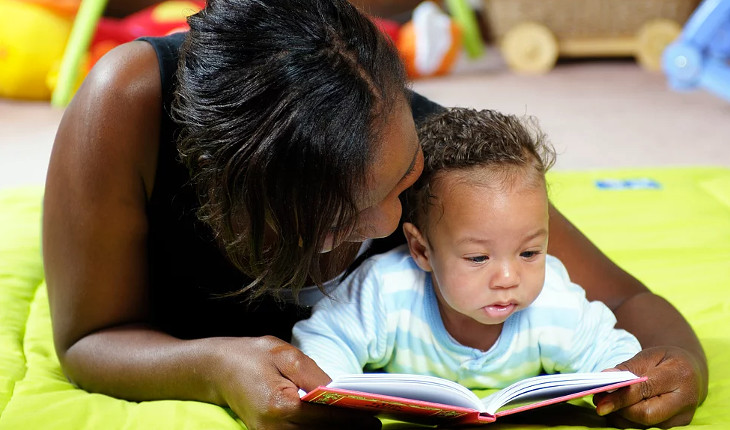 Help them learn their names and the sounds that they make. You can also teach letter senses like recognizing uppercase letters from lowercase letters or seeing which ones have curved lines versus straight lines in different fonts.
Help them learn their names and the sounds that they make. You can also teach letter senses like recognizing uppercase letters from lowercase letters or seeing which ones have curved lines versus straight lines in different fonts.
Play with alphabet toys
Little ones will love exploring the world of letters with alphabet toys. They are great for getting your kids to get familiar with how they sound and their shapes.
Learn the alphabet song
Learning the alphabet song is a fun way to learn the letters and their sounds. Learning the alphabet will help kids to learn to read sooner. Sing it with your child, and you’ll be surprised how quickly they will learn their ABCs!
Get a phonemic awareness focused learn to read program
Phonemic awareness is essential to children’s reading ability because it helps children acquire and use the phonological system, which allows them to understand how words are created.
With a phonemic awareness-focused learning-to-read program, kids can make connections between letters and sounds as they read words.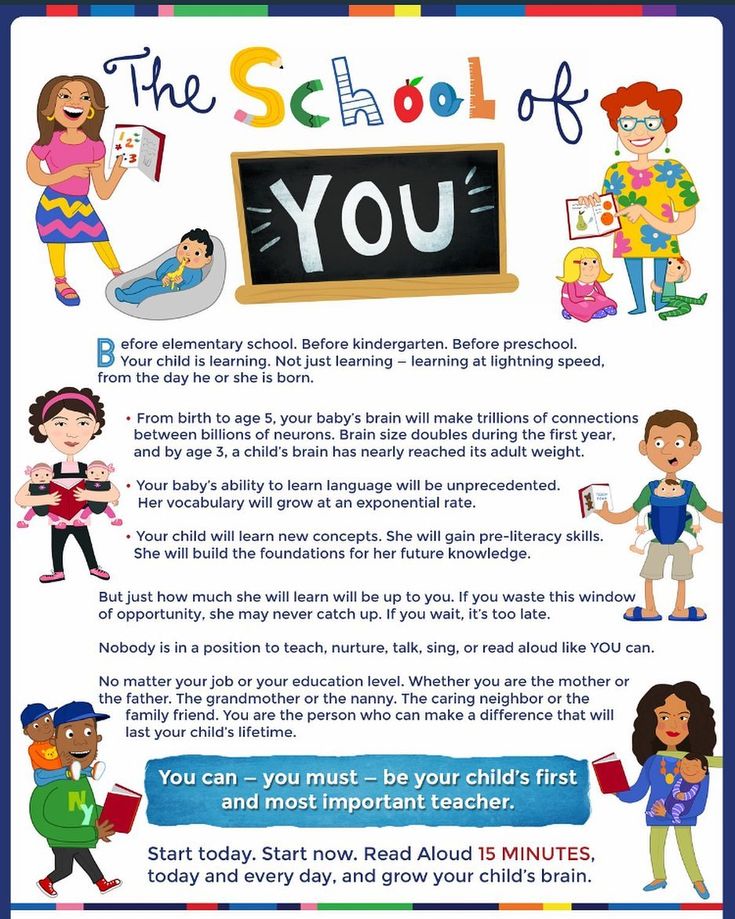 There are many programs out there, and they all have different features
There are many programs out there, and they all have different features
One of the best learning-to-read programs we recommend is Children Learning Reading, as it’s based on developing phonemic awareness and teaching your little one to read fluently.
You don’t have to wait until your child is 3 or 4 years old before you start teaching them how to read.
By the time they are 2, a lot of their brain development has happened. They can make connections between letters and sounds which will help with reading comprehension later on in life.
Start early by reading books every day with them. Books that teach about different subjects like animals, transportation, colors, shapes, etc., ask questions as they go through the storybook together (even if it’s just one sentence), discuss what the book was about at dinner time over food or while getting ready for bedtime rituals.
And if your little one is ready for reading lessons, make sure you invest in a phonemic awareness-based reading program like Children Learning Reading which you can get here.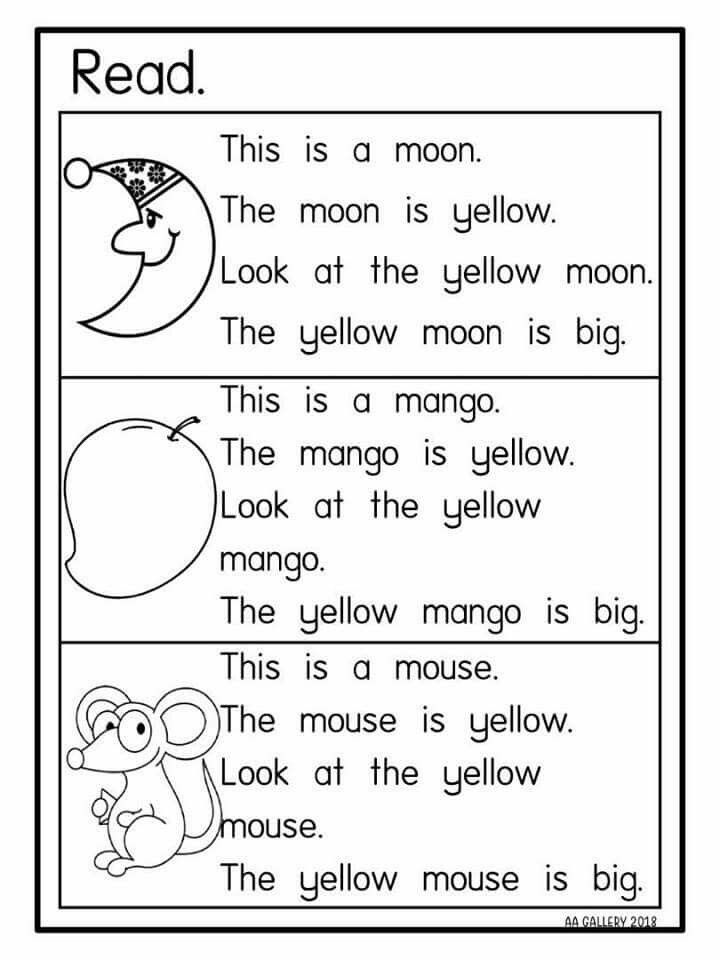
How Young Is Too Young to Learn to Read?
The key to lasting success in school is teaching academic skills as soon as a child is ready to learn. But how do we know when they’re ready? Is it ever too early to instill a love of reading?
When Do Children Learn to Read?
While most children begin reading in kindergarten or first grade, learning to read isn’t as simple as picking up a book. Children don’t and learn to decode letters, words, and sentences without help or preparation. In fact, skills that contribute to literacy later on begin developing as soon as a baby is born.
As children learn to communicate and are exposed to written language and books for the first time, they’re already reaching key milestones for reading. The age that children begin to read varies, and can depend on factors as wide ranging as cognitive development and socioeconomic differences.[6]
The PreK and kindergarten years are a critical window of opportunity for teaching kids early reading skills, and any instruction during this period will benefit children.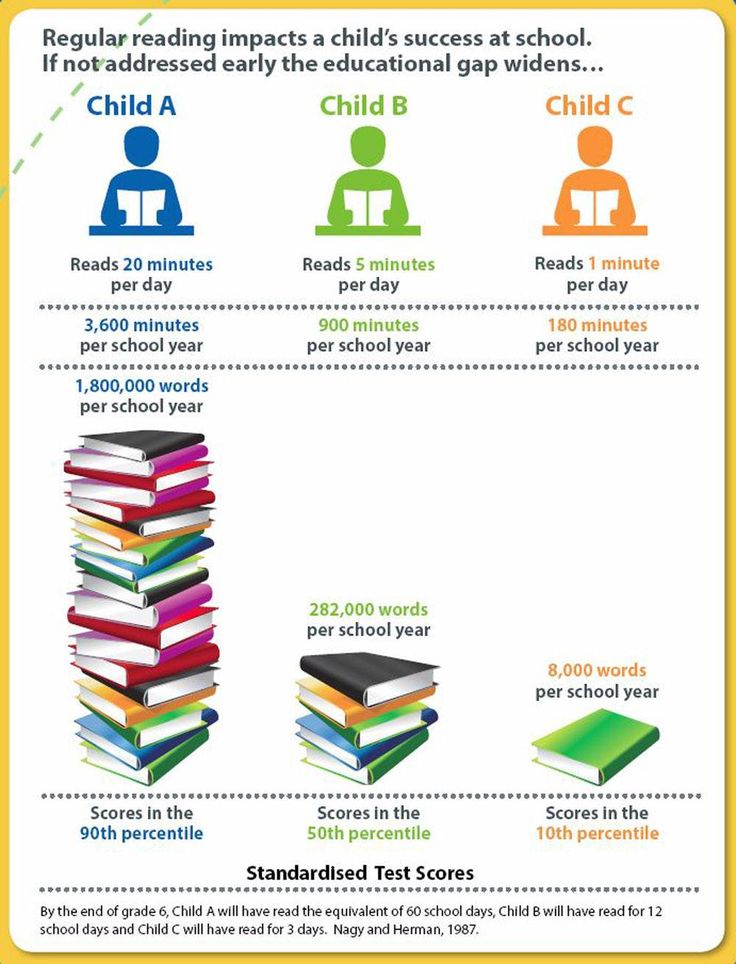 During these years (and even before), parents and teachers can team up to help prevent reading gaps in schools. The more exposure children have to books and pre-reading activities from the start, the better prepared they will be as they learn to read.
During these years (and even before), parents and teachers can team up to help prevent reading gaps in schools. The more exposure children have to books and pre-reading activities from the start, the better prepared they will be as they learn to read.
How Language Skills Affect Reading
During infancy and early childhood, children develop language skills that lead to stronger reading abilities later on. Children’s brains develop more quickly between ages zero and five than at any other time. This is when babies and toddlers begin to build their vocabulary and understand the grammar of their native language. By the age of three, most children have mastered the basics of their language and continue to learn about 5,000 new words each year.[1]
Language skills are important because reading skills are built on the foundation of a solid vocabulary. Language and literacy are so tightly connected that, alongside familiarity with books, strengthening one positively affects the other.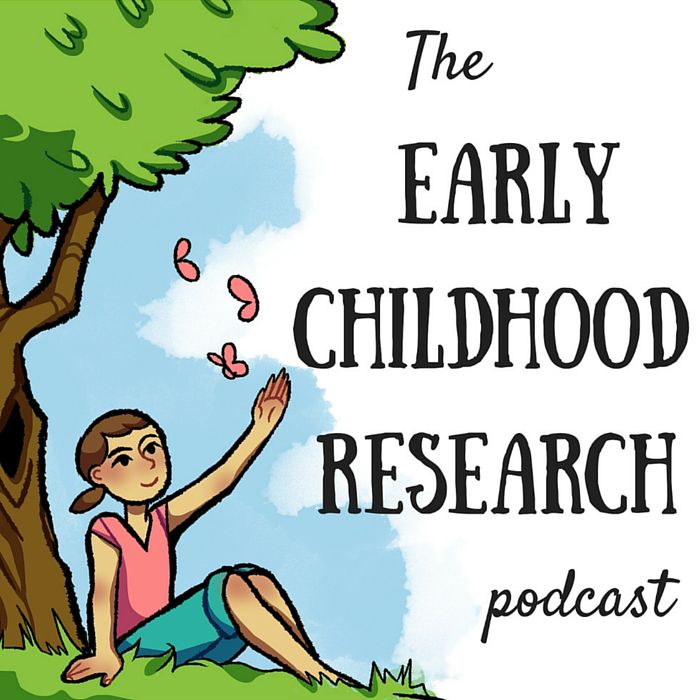 Children can build key literacy skills and become effective communicators as a direct result of strong language development.
Children can build key literacy skills and become effective communicators as a direct result of strong language development.
How Family Engagement Affects Reading
Research suggests that children develop strong reading skills when their parents familiarize them with books at home.[2] The most important factor that determines how early a child will begin reading is whether families encourage it. The more engaged families are in their student’s early education, the quicker fluent literacy will develop. Even in infancy, reading to babies in their native language can help them develop a positive relationship with reading at an early age.[3]
For example, children who begin to recognize the alphabet at a young age are more likely to pick up vocabulary words and learn to spell early on.[4] When children are encouraged to love reading from an early age, they’re more likely to enjoy reading and learning new things as they grow up. Helping children create simple daily habits, like reading a book aloud every day, are important to long-term literacy development.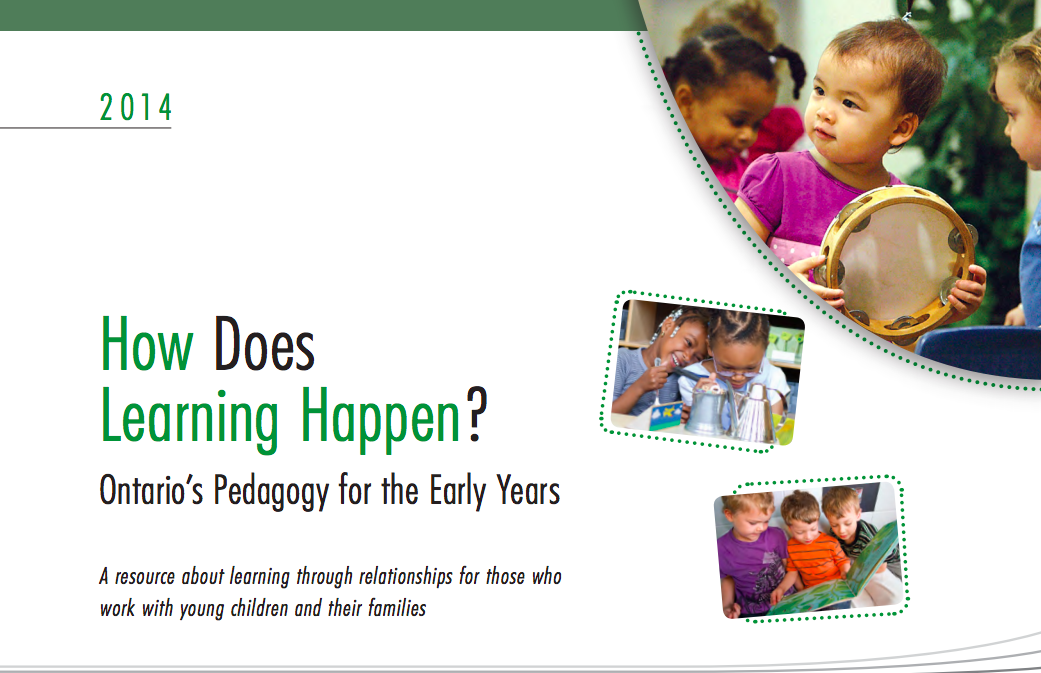 Plus, reading aloud can improve brain development during these critical early years.[5]
Plus, reading aloud can improve brain development during these critical early years.[5]
Essential Pre-Reading Skills for PreK Children
Pre-reading skills are the building blocks that help young children learn to read. There are many skills that parents and educators can help PreK students develop, such as:[3,6]
- Phonological awareness: the structure of spoken language
- Phonics: the ability to connect sounds and letters
- Fluency: the bridge from word identification to reading
- Comprehension & Vocabulary: reading as a lifelong tool for learning
- Language Concepts: the structure of written language
- Communication: reading, writing, speaking, and listening
The Benefits of Pre-Reading Skills
The benefits of these pre-reading skills extend far beyond a child’s academic achievement. Students who work on these skills before kindergarten often have a stronger sense of curiosity and better listening skills. [7] While these traits can lead to student success in school, they can also contribute to better well-being and general quality of life outside of academics.
[7] While these traits can lead to student success in school, they can also contribute to better well-being and general quality of life outside of academics.
While students might learn some parts of these pre-reading skills on their own, others develop best with explicit instruction. Up to 40% of all children do not learn phonemic awareness without guidance from teachers and parents.[8] When children have the opportunity to read books and enjoy literacy activities in a structured learning environment, they are more likely to begin reading once they reach kindergarten.[9]
The benefits of learning pre-reading skills before kindergarten include:
- Higher kindergarten readiness
- Brain development
- Increased curiosity
- An intrinsic love of reading
- Better listening skills
Tips for Teaching Early Reading Skills to PreK Children
Whether you’re a PreK teacher or a parent, you can help children build essential pre-reading skills before they start elementary school.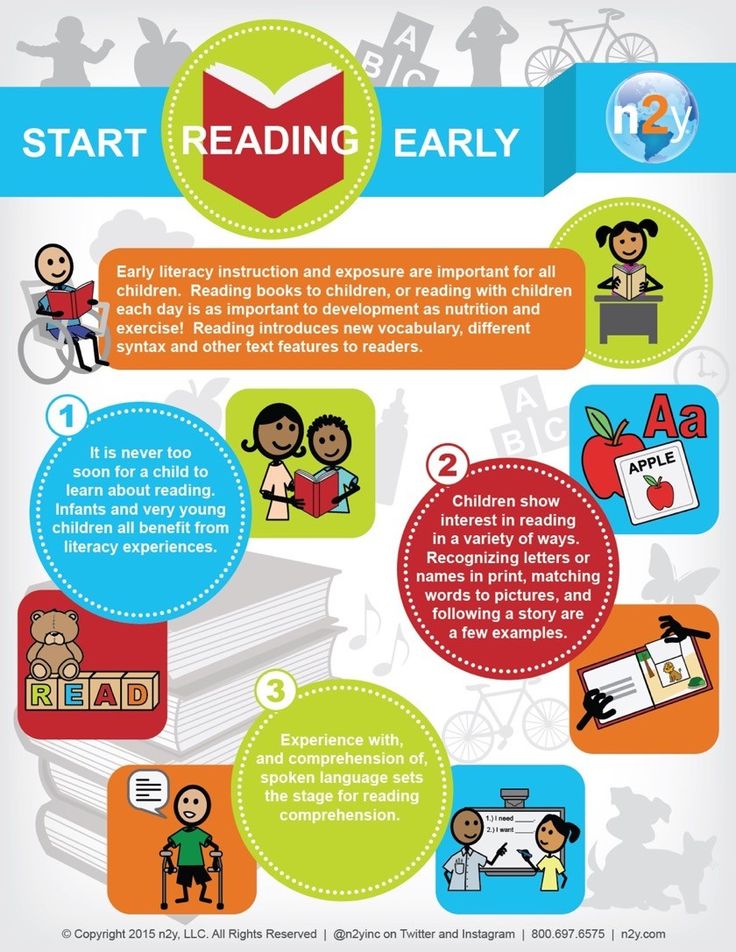 With the right strategies, every child can grow a love for reading.
With the right strategies, every child can grow a love for reading.
Use these five tips to teach literacy skills to children, and you can find even more ideas here.
- Take children to the library regularly to help them develop print recognition. To encourage an early love of reading, let them choose their own books to take home.
- Teach PreK children all 26 letters and letter names. Students are more likely to succeed in elementary school if they know letter names before kindergarten.[10]
- To encourage phonological awareness, point to a letter in a book or on a sign and ask your child to tell you what sound it makes.[8]
- Young children can have short attention spans that make long reading sessions difficult. Instead, try planning short, daily reading activities together. For example, read one or two picture books together or attend a brief PreK library event.[6]
- Ask “big picture questions” while reading aloud to children to promote critical thinking skills.
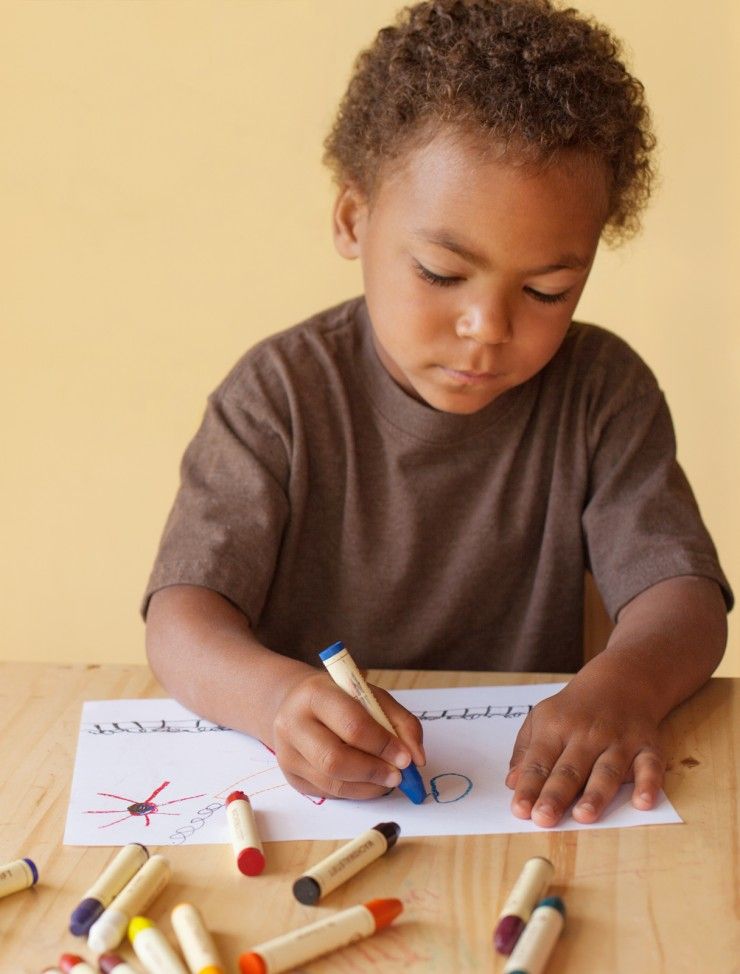 While reading a fairy tale picture book, for example, you could ask, “Why do you think the queen is so mean to Snow White? What would you do if you were her?”[9]
While reading a fairy tale picture book, for example, you could ask, “Why do you think the queen is so mean to Snow White? What would you do if you were her?”[9]
Sources:
- Miller, G.A., and Gildea, P.M. How Children Learn Words. Scientific American, September 1987, 257(3), pp. 94-99.
- Winner, E. Gifted Children. Different Strokes, 2012, pp. 75-81.
- Scholastic Corporation. Early Literacy. Retrieved from scholastic.com: http://teacher.scholastic.com/products/face/pdf/research-compendium/early-literacy.pdf.
- Ehri, L.C. Learning to Read Words: Theory, Findings, and Issues. Scientific Studies of Reading, 2005, 9, pp. 167-88.
- American Association of Pediatrics. Evidence Supporting Early Literacy and Early Learning. Retrieved from aap.org: https://www.aap.org/en-us/literacy/Literacy/For-Professionals/Evidence-Supporting-Early-Literacy-and-Early-Learning/booksbuildconnections_evidencesupportingearlyliteracyandearlylearning.
 pdf.
pdf. - Rose, J. Independent review of the teaching of early reading. Investor in People Department for Education and Skills, March 2006, pp. 1-240.
- American Academy of Family Physicians. Early Childhood Literacy. Retrieved from aafp.org: https://www.aafp.org/patient-care/social-determinants-of-health/child-literacy.html.
- Grossen, B. 30 Years of Research: What We Now Know About How Children Learn To Read. Center for the Future of Teaching and Learning, 1997, pp. 1-22.
- Bailey, N.M. Teaching Reading Skills. Retrieved from www.canisus.edu: http://www3.canisius.edu/~justice/CSTmodule-final/CSTmodule-final3.html.
- American Academy of Family Physicians. Early Childhood Literacy. Retrieved from aafp.org: https://www.aafp.org/patient-care/social-determinants-of-health/child-literacy.html.
Do no harm! How to teach a child to read? The teacher answers questions from parents
Reviews, 05 October 2020
Is it worth teaching a child to read or leave this task to teachers? No matter how you answer this question for yourself, the main thing is not to harm.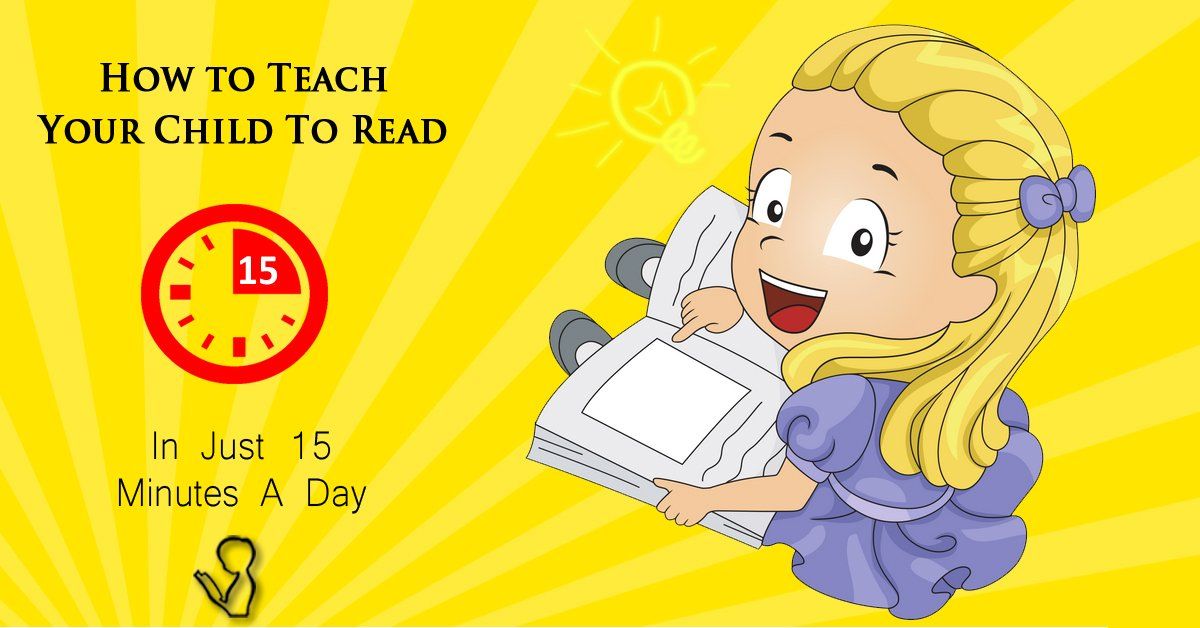 Olga Uzorova, an experienced teacher-practitioner, methodologist and author of educational and developmental aids, answered frequently asked questions from parents and told when it is necessary to teach a child to read and how to do it correctly.
Olga Uzorova, an experienced teacher-practitioner, methodologist and author of educational and developmental aids, answered frequently asked questions from parents and told when it is necessary to teach a child to read and how to do it correctly.
At what age can you start learning to read?
In this issue, we start from the word "can". You can start at 2, 3 or 4 years old, but only if the child himself reaches for the book and asks to show him the letters. Just like that, at your own request, you don’t need to pull the child out of the sandbox and put him at the alphabet! If there is a desire, the right technique will help. Parents really liked the Primer. Learning to read from 2-3 years old" and its continuation "Learning to read from 3-4 years old" - they can be offered to children from 2 to 6-7 years old, these are universal aids.
What if the child knows the letters well, but linking them into syllables and reading is not given in any way?
If it doesn’t work out at all, and you actively spoil the child’s mood with failed attempts, then it’s better to end such classes.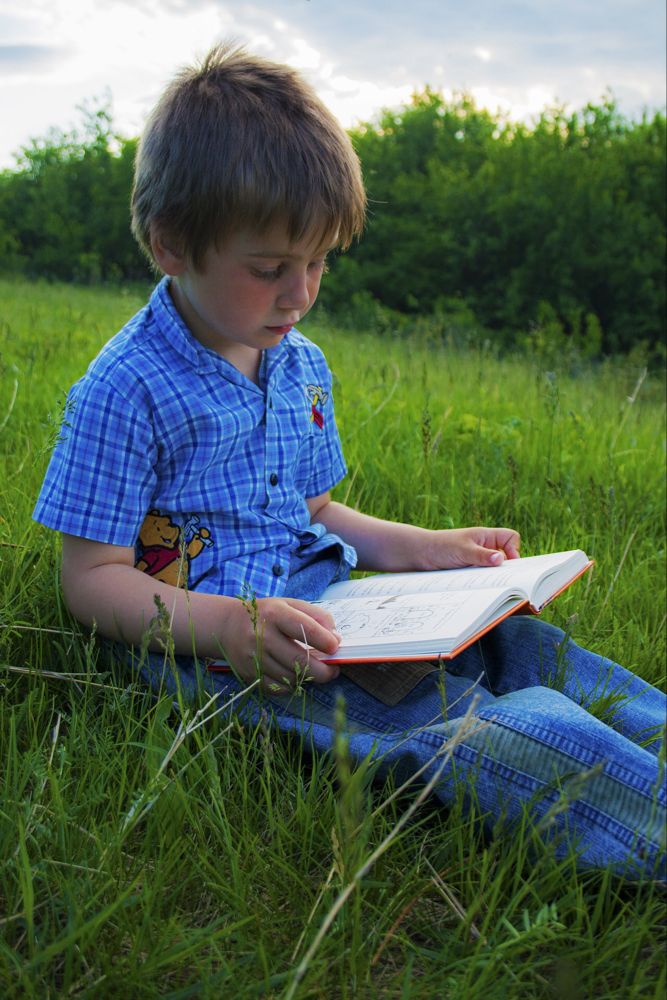 A small life hack on how to teach how to put letters into syllables. Show with a simple example: the letter O and the letter H are together OH. Practice adding simple syllables at home, on the street, on trips. For example, in the primer “Learning to read from 2–3 years old”, all words consist of 2–3 letters, and all dialogues consist of these short words. This is partly the secret of the success of the book: having mastered the simplest examples, it is easier for the baby to move on. If it still doesn’t work, turn to the best friends of elementary school teachers - speech therapists!
A small life hack on how to teach how to put letters into syllables. Show with a simple example: the letter O and the letter H are together OH. Practice adding simple syllables at home, on the street, on trips. For example, in the primer “Learning to read from 2–3 years old”, all words consist of 2–3 letters, and all dialogues consist of these short words. This is partly the secret of the success of the book: having mastered the simplest examples, it is easier for the baby to move on. If it still doesn’t work, turn to the best friends of elementary school teachers - speech therapists!
What NOT to do when learning to read?
In no case should you scold a child. If something doesn’t work out, it’s your failure in the first place, which means you are using some kind of wrong teaching method. Not only has the child already spent a lot of time and effort trying to listen to your explanations, but he also flew in for this one! Next time, he won’t want to study, no matter how they wave the primer in front of him.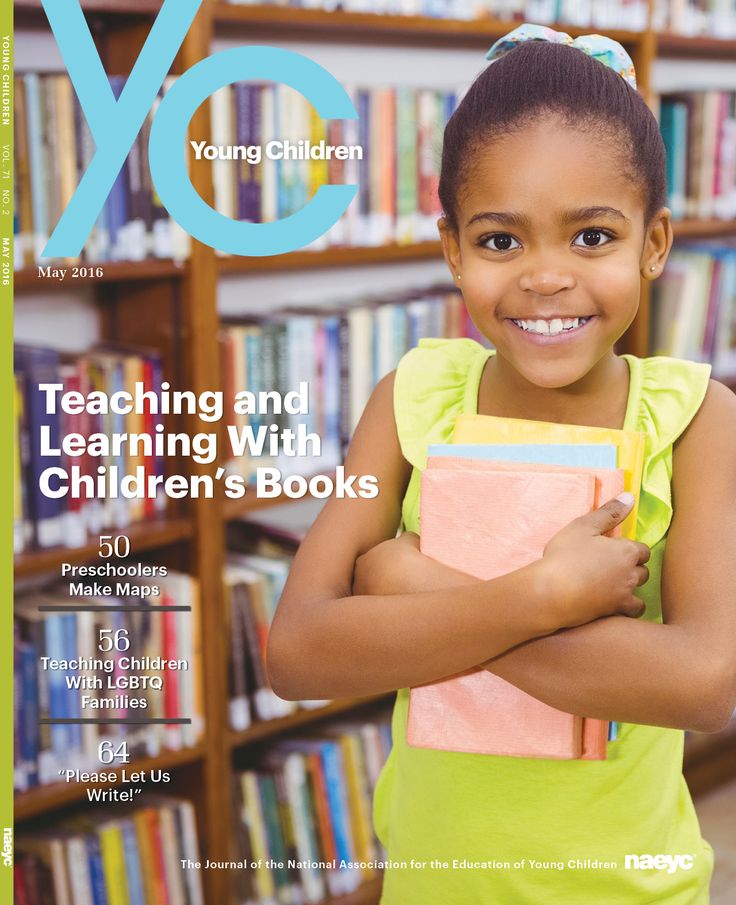
It is impossible to deprive the child of a situation of educational success. If he managed to remember a letter or read a syllable, do not take it for granted. It is very difficult for a baby, he did a great job, respect the work of your child. If something worked out - be sure to praise!
Why teach a child to read quickly and increase the speed of reading? He reads the way he does.
Our brain perceives information in a split second, and slow reading slows down this process. If you want your child to develop thinking, you must definitely monitor the speed of reading. If the child began to read in syllables and continues to do so for a long time (a year or two), without going to the next level, then something is wrong. If you are unable to independently switch from syllabic reading to smooth reading, look for a specialist who will select a competent technique.
Teaching reading and self-esteem of a child - how to find a balance?
A balance is needed in this matter! Many parents buy the alphabet for a one-year-old baby.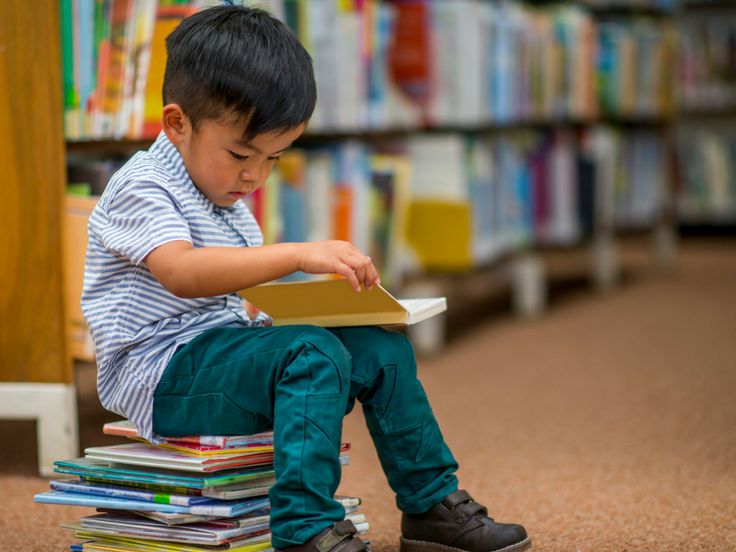 First, the child learns letters for a long time, then they require him to learn how to put them into syllables. Here, the scythe often finds itself on a stone, because parents are waiting for rapid progress, it seems to them that it is very easy. But for a baby, this is a very difficult task, you need to be patient. If a child does not succeed, his self-esteem suffers. And a preschooler's self-esteem must be overestimated, otherwise it will not be easy for him and his teachers at school. If a child has his hands down, he is sure in advance that he will not succeed, it is very difficult for a teacher to pull him out of this pit of low self-esteem. Therefore, be sure to praise the child for achievements, create situations of educational success and in no case scold!
First, the child learns letters for a long time, then they require him to learn how to put them into syllables. Here, the scythe often finds itself on a stone, because parents are waiting for rapid progress, it seems to them that it is very easy. But for a baby, this is a very difficult task, you need to be patient. If a child does not succeed, his self-esteem suffers. And a preschooler's self-esteem must be overestimated, otherwise it will not be easy for him and his teachers at school. If a child has his hands down, he is sure in advance that he will not succeed, it is very difficult for a teacher to pull him out of this pit of low self-esteem. Therefore, be sure to praise the child for achievements, create situations of educational success and in no case scold!
Should preschoolers be taught to read?
Balzac once said that the future of the nation is in the hands of mothers. May these words help you gather all your strength and patience! I perfectly understand: you have other professions, your own hobbies and hardly a lot of time for teaching a child. But it's still better if you start teaching your baby to read before school. In schools, little time is now given to this, and teachers directly or in hints say that it is very desirable to teach a child to read at least at a speed of 30-40 words per minute by the first grade. This is a fairly fast syllable reading. There simply isn't enough time in elementary school to teach reading.
But it's still better if you start teaching your baby to read before school. In schools, little time is now given to this, and teachers directly or in hints say that it is very desirable to teach a child to read at least at a speed of 30-40 words per minute by the first grade. This is a fairly fast syllable reading. There simply isn't enough time in elementary school to teach reading.
Is it possible to practice irregularly and when it is convenient for parents?
In the old training manuals, according to which the children of the royal family were taught, there is such an expression: training consists not so much in the rules as in the exercise. You can quickly explain the theory to the child and tell the rule, but if there are no systematic exercises, then the knowledge will not be assimilated. How is any good program built? A few hours to get acquainted with the topic, many, many, many working out and practical exercises, a few hours of final control and obligatory hours for working on bugs.
What are the difficulties in learning to read?
A lot of difficulties can arise. Often there are problems if the child has a poorly developed memory. He strives to please his parents and learn the letters, but he simply cannot do it, and it seems to his mother that he is naughty, mocking, and does not listen on purpose. After several such classes, the child understands: for several days I sat, tried, and I still didn’t succeed, so why continue? At this moment, the natural instinct of self-preservation makes itself felt, and the child takes refuge behind a solid wall, through which it is difficult to break through. In order not to harm, you need to arm yourself with a competent technique and, I repeat, praise the child more. Our “Primers” contain a system, provide for the development of memory and attention, and at the beginning there is a detailed manual for parents that will help build classes.
"Primer" for kids from 2 years old and other books by Olga Uzorova can be found
here .
See also:
Learning to read, make friends and do the right thing
Children's book horoscope
At what age should a child be able to read
The ability to read is one of the basic human social skills. Without it, it is impossible to receive and transmit information, therefore this skill should be developed in every person. Modern parents strive to teach their child to read as early as possible, so that by the time they start learning, they already have some knowledge base. So when should a child start doing this?
Content:
- When we start
- too early training - why is it harmful
- What do experts say
- Is love to read
- Choosing a teaching methodology
- Are there any minuses to read
- A few important details
When we start
Experts disagree about teaching children to read early, and neither do parents.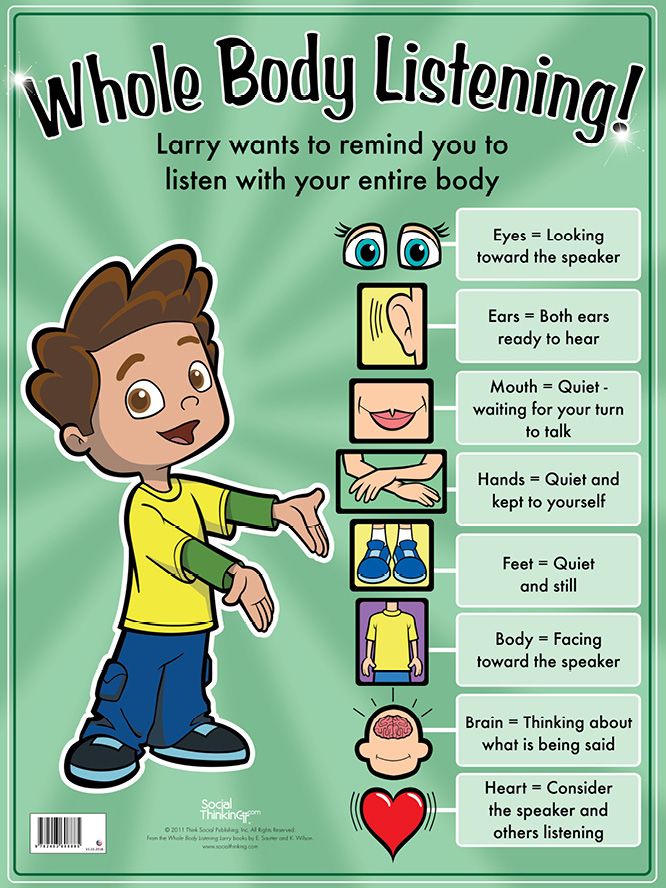 Someone thinks that a child should get basic reading skills even before entering school: this will make it easier to adapt to the educational process. Others are sure that a teacher in the 1st grade should teach a child to read, since an unnecessarily early start to school is harmful for children: let them enjoy their childhood for now.
Someone thinks that a child should get basic reading skills even before entering school: this will make it easier to adapt to the educational process. Others are sure that a teacher in the 1st grade should teach a child to read, since an unnecessarily early start to school is harmful for children: let them enjoy their childhood for now.
Learning too early - why it is harmful
The development of a child's cognitive abilities follows certain patterns, certain stages, it is undesirable to change or accelerate it, and often it is completely impossible. Until the age of five, children think figuratively - in pictures, and it is difficult for them to perceive information in the form of letters, numbers or other signs. And even having understood the general principle of reading, little students read, but they cannot understand the essence of what is written.
Learning to read early can lead to health problems:
- excessive brain tension;
- unusual blood flow to the cerebral hemispheres;
- visual strain.
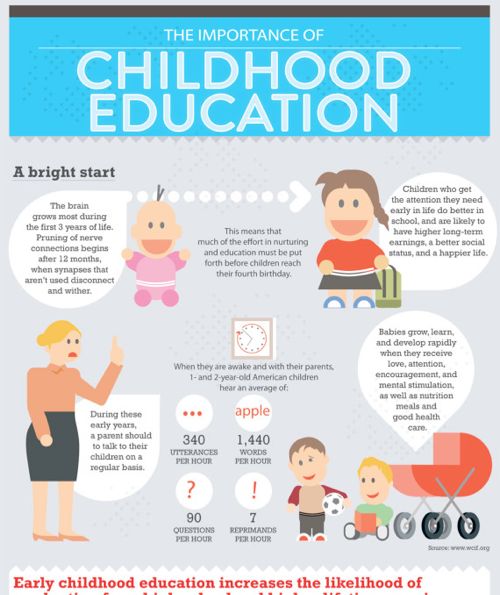
Intensive classes can unbalance the development of different types of thinking in a child: the emphasis will be on the logical, and the figurative will be “abandoned”. Yes, the child will become better at remembering, speaking, analyzing, thinking logically, but the development of the right hemisphere will be slowed down, and it is responsible for no less important dreams, emotions, understanding of music and color. The emotional development of the baby will be somewhat retarded, and at an older age this may respond with serious problems in the form of:
- lack of ability to empathize with others;
- difficulties with correct understanding of one's emotions;
- inability to determine one's strengths and weaknesses;
- difficulties in understanding one's own and social values;
- isolation and uncertainty.
It is known that many geeks are developed from early childhood, but most often, growing up, they do not have happiness and are poorly adapted to the realities of the world around them.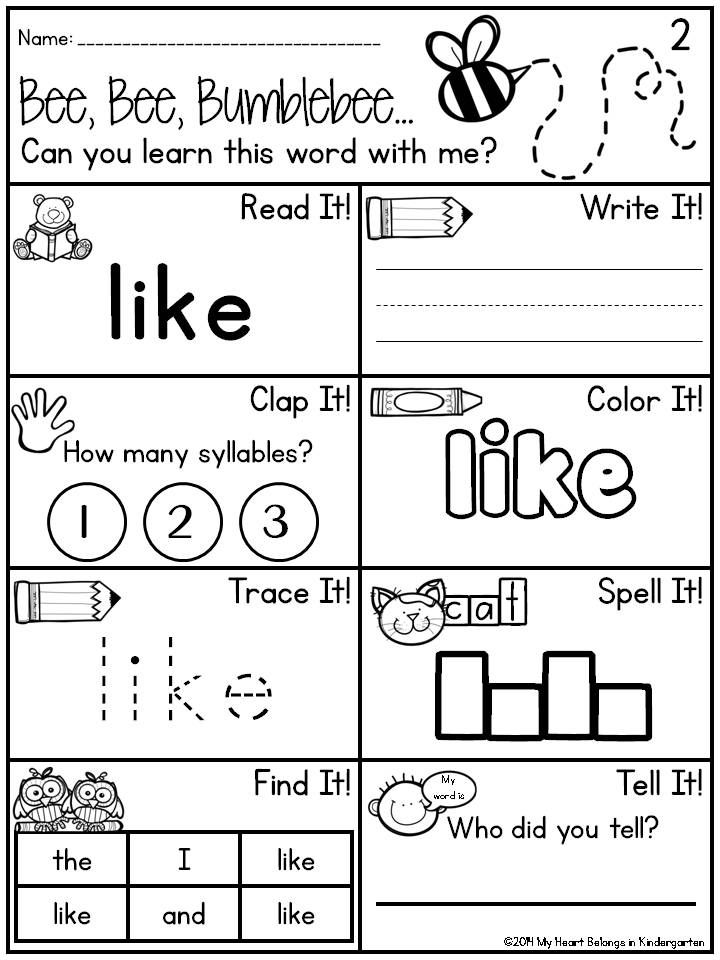 Therefore, it is more important to raise a socially adapted person from a child than to teach him to read too early.
Therefore, it is more important to raise a socially adapted person from a child than to teach him to read too early.
What experts say
Psychologists, psychophysiologists and other experts recommend starting to teach a preschooler to read no earlier than he is 5 years old, but at the same time he must be ready to learn. They say about it:
A healthy five-year-old child usually has all of these skills. And at this age it is time to get acquainted with letters and sounds, then by the time of admission to grade 1, the child will master reading at a sufficient level.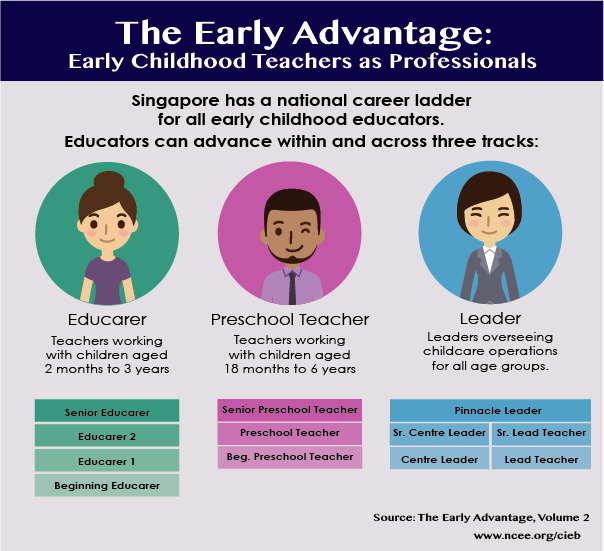
Is it possible to instill a love for reading
It is not enough to teach a child to read - he still needs to instill a love for this occupation. View your favorite books and read them, study the illustrations, get acquainted with the adventures of the characters. It is important that older family members show the child that reading is an amazing learning opportunity, and not a hateful duty. It will be useful if the child saw people with books in his close circle, then, imitating them, he himself will want to plunge into the world of literature.
The first reading lessons should be conducted in the format of a game: in this way the material will be absorbed by the child easier and better, the child will not have time to lose concentration during the lesson, and avoid stressful experiences.
Choosing a teaching method
Today there are many methods to teach a child to read, it is important to choose the one that suits your child.
Perhaps the most popular method is classes in the classical alphabet (the alphabet itself can be developed by any author).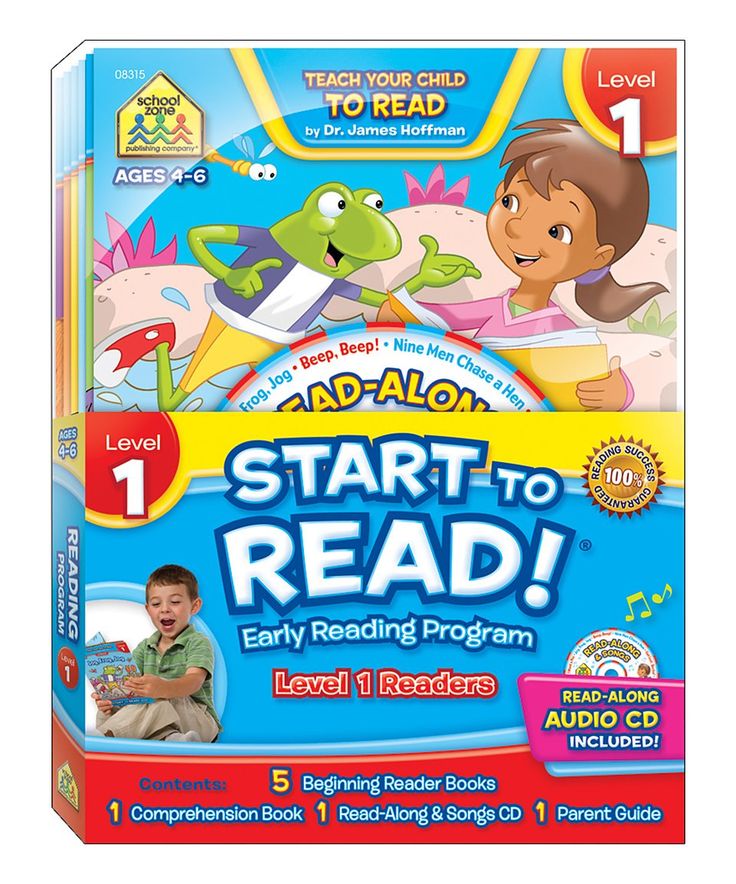 The kid quickly remembers the letter, as it will now be associated with a certain picture. Later, you can move on to another well-known book - the primer and study reading by syllables from it.
The kid quickly remembers the letter, as it will now be associated with a certain picture. Later, you can move on to another well-known book - the primer and study reading by syllables from it.
Many methods are based on the use of cubes or tablets. They are convenient and interesting, but are often criticized by school teachers. It is believed that such training misses a very important component - basic familiarity with the alphabet.
The most famous of these techniques:
- Zaitsev's cubes - the emphasis is on making syllables from individual letters and words from syllables, understanding vowels, voiceless and voiced, hard and soft consonants.
- Chaplygin cubes - learning not only allows you to compose syllables and words, but also develops fine motor skills, and this will have a beneficial effect on the overall development of the child;
- Glen Doman's cards - learning is based on the use of visual memory: syllables and words are printed on cards, and the child memorizes their spelling;
- "Skladushki" by Voskobovich - 21 cards with syllables, from which you can build houses with whole words.

The Montessori method is another well-known teaching option. Toddlers first master the letter, then move on to getting to know the letters, and then learn to read the syllables.
Are there any downsides to learning to read at home? In addition, at home, parents usually miss such an important part of the lesson as the sound analysis of the word, and the child may also have difficulty breaking down words into syllables. It is not easy to correct this mistake later, therefore it is better to immediately entrust a professional teacher to teach the child to read and write. It can be either a private tutor or a teacher of preparatory courses before the first grade - such classes are held today in literally every school.
A few important details
If you decide to teach your child to read at home, it is important to follow a few rules. All studies should be built on the principle “From simple to complex”, that is, you first need to learn letters and sounds, then you can start to compose them into syllables and only then move on to whole words.

